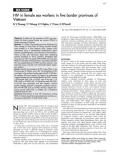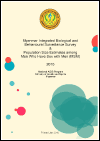Publications on Key Populations
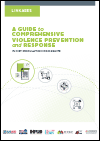
The LINKAGES project developed a programmatic guide and three training manuals to support the integration of violence prevention and response activities with HIV prevention, care and treatment services in key population programs. The guide contains principles, step-by-step instruction, and sample templates and tools. The three training manuals build the knowledge and skills of health care workers, peer educators and outreach workers, and law enforcement officers to understand, assess, prevent and appropriately respond to violence affecting the lives of individuals.
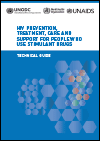
The guide is intended for use by policymakers, programme managers and service providers, including community-based organizations, at the national, regional or local levels, who undertake to address HIV prevention, treatment and care. It also provides useful information for development and funding agencies and for academia.

Malaysia has a matured and concentrated HIV epidemic with prevalence rates remain above 5% among key populations (KP) including person who inject drugs (PWID), female sex worker (FSW), transgender people (TG) and men having sex with men (MSM). Since the first case of HIV infection in the country was reported in 1986, a combination of efforts mainly focused on KP were implemented to reduce HIV infections nationwide.
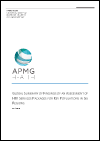
In 2017, key populations (KP) and their sexual partners accounted for approximately 40% of new HIV infections globally (UNAIDS, 2018). A range of policy and legal barriers and harmful social dynamics increase the HIV vulnerability of KP and undermine their access to HIV and other services. The criminalization of sex between men, sex work, drug use and HIV transmission, as well as high rates of incarceration, homophobia, trans phobia, violence and social marginalization, all serve to influence risk practices and undermine access to services.
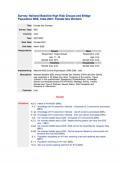
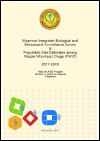
This report presents the results of the 2017-18 Integrated Biological and Behavioural Survey (IBBS), among people who inject drugs (PWID) in selected sites in Myanmar, including a formative assessment and population size estimations. A formative assessment was conducted in September 2017 in each site to inform the implementation of the IBBS. The assessment was conducted to assess the particulars of PWID populations in each setting, to provide information to tailor RDS and PSE methods and logistic approaches to the different PWID population and epidemic context.







